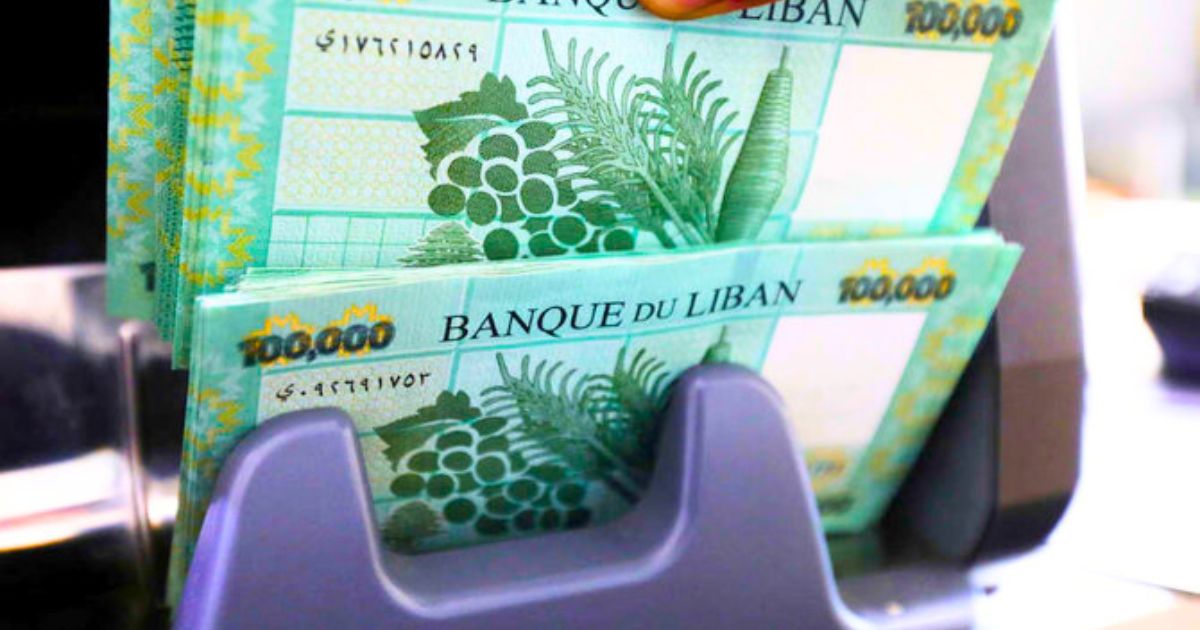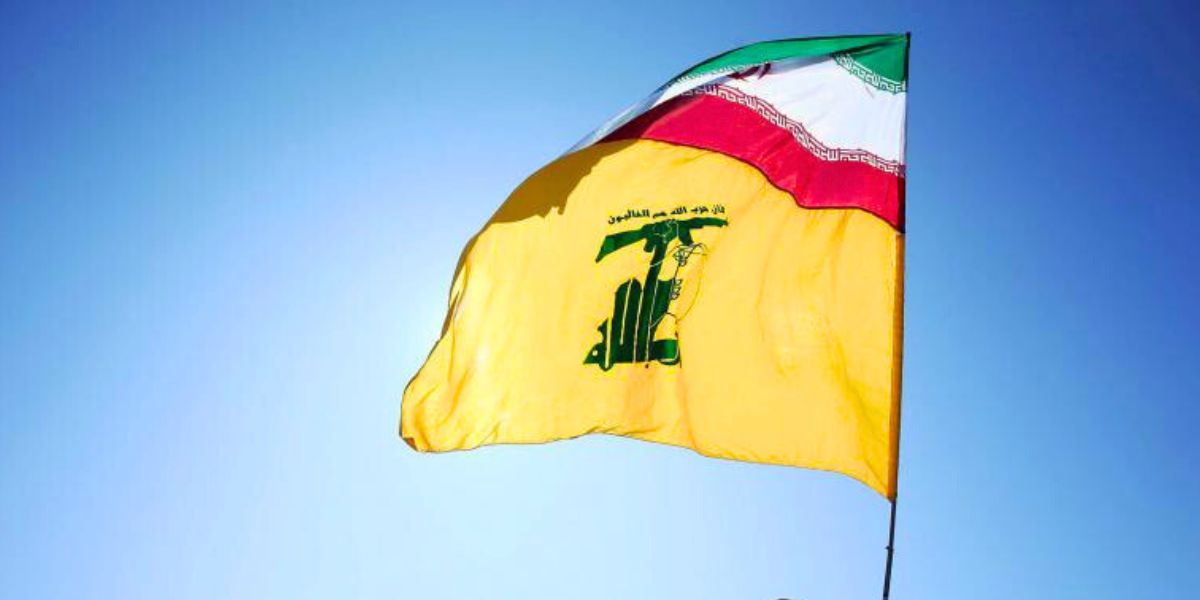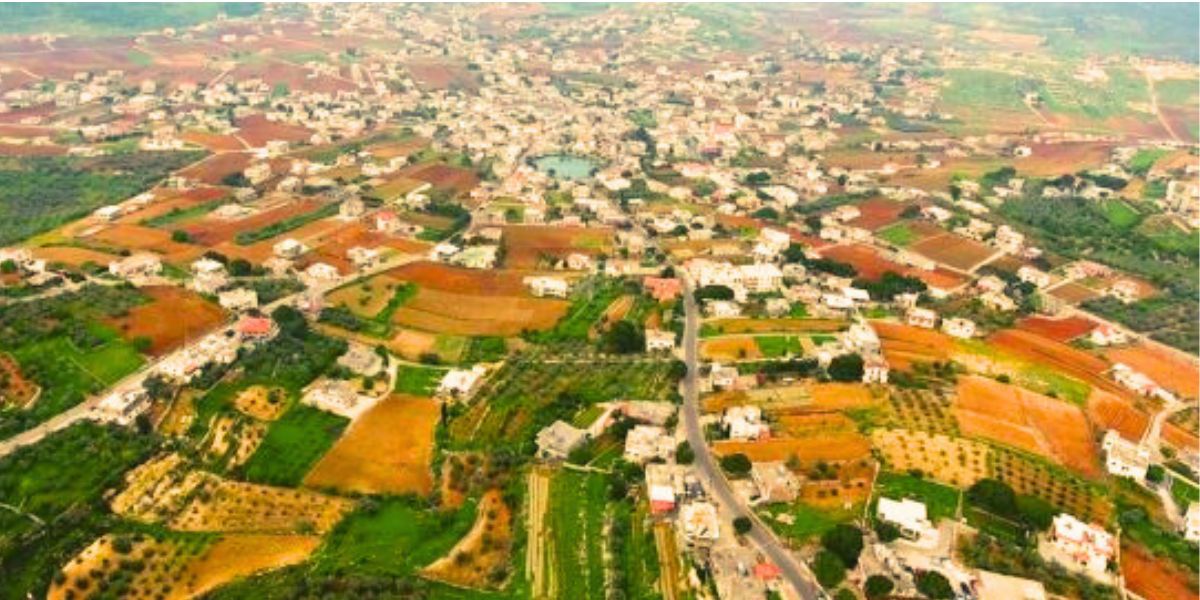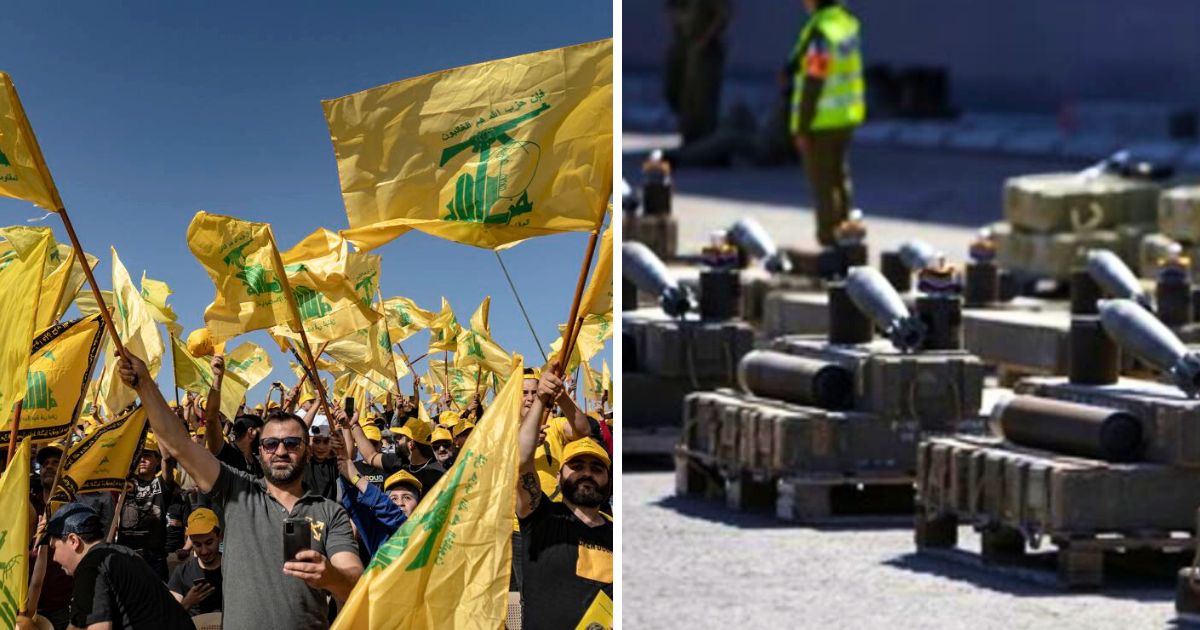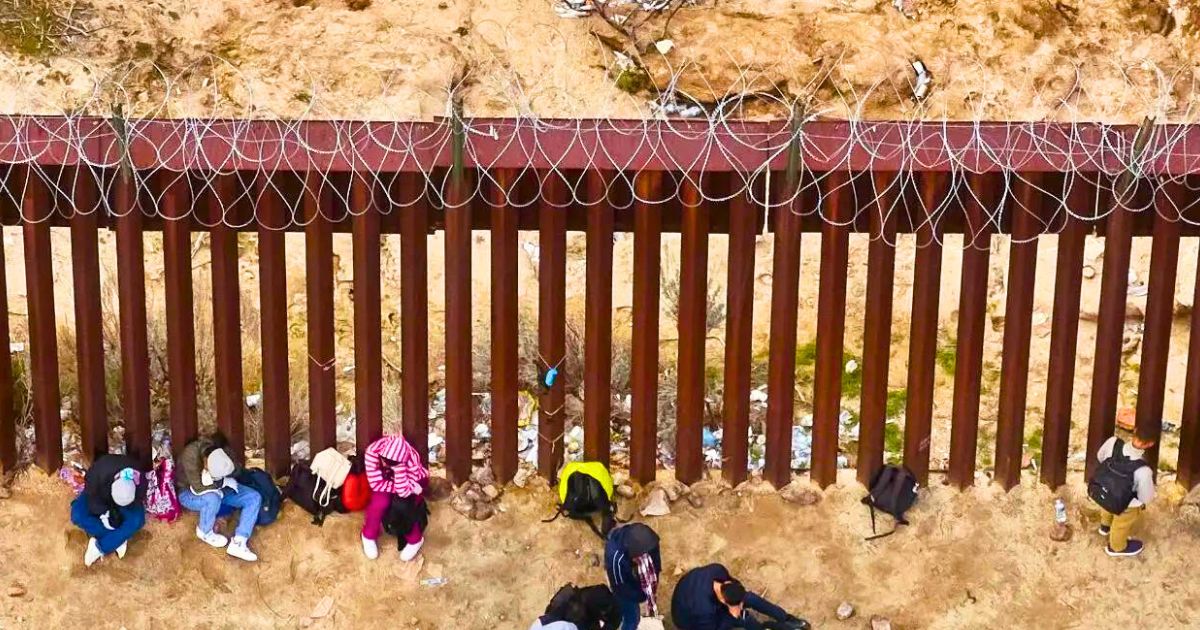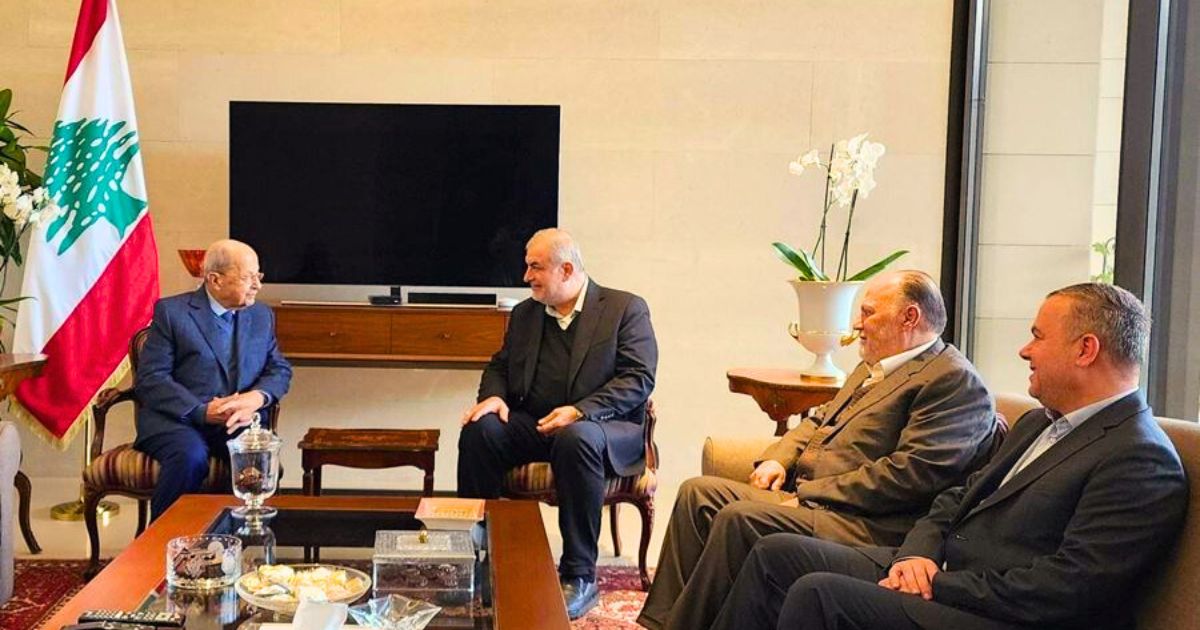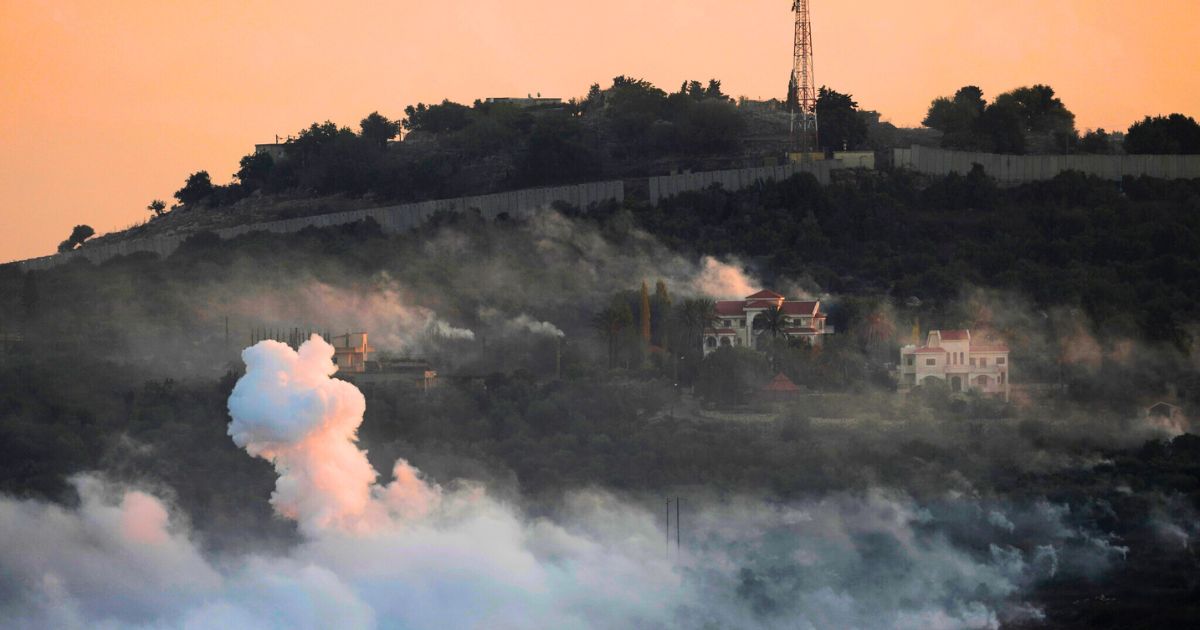The complex telecom networks that the late Major Wissam Eid exposed in his investigations laid the foundation for the international investigation, which ultimately led to the verdict on the assassination of former PM Rafik Hariri on Tuesday.
The long verdict explained Eid’s genius method in extensive detail, but that explanation might have been “non-consumer-friendly” to many people, especially those who haven’t been following the investigative process over the past decade.
With that said, here’s the simplified version of Wissam Eid’s crucial findings, before his assassination in 2005.

The investigation revolves around a complicated telecom network with several branches and layers that have been color-coded by the UN investigative team.
Here are the primary ones, according to the verdict‘s summary.
Red
The Red network was the first that Eid discovered. When he joined the case, he started to collect call records from Lebanon’s two telecom companies.
He was specifically looking for the cellphones that had been registered with the cell towers around the area where Hariri was killed.
When he obtained the records, he eliminated the phones of the 22 people that were killed, then the phones of Hariri’s convoy, and finally those of the people who had been interviewed and had alibis.
Through this process, he was finally able to close in on 8 phones that were confirmed to be those of the hit squad that carried out the assassination.
By tracking their history of “handshakes” with cell towers across the country over a certain period, and reviewing Hariri’s officially recorded movements at that time, Eid deduced that this squad had been tailing the late PM for weeks prior to his assassination.
The Red phones communicated almost exclusively with each other and disappeared immediately before the suicide attack.

Blue
Afterward, Wissam Eid found another set of 6 phones that had been connecting to the same towers used by the Red phones.
He later concluded that members of the hit team each carried a second phone, which they used to contact a larger network that had been active for more than a year.
This support network was labeled Blue, and its members did a good job of maintaining their anonymity.
What led Eid to a groundbreaking discovery was a mistake made by a Hezbollah-affiliated technician who was handed the Blue phones to be discarded.
Before he destroyed them, he used one of them to call his girlfriend.
This small slip was enough for Eid to identify the technician, named Abdulmajid Ghamloush, and consequently two Hezbollah operatives, the brothers Hussein and Mouin Khreis. That boosted the progress of the investigation.
Yellow
Maj. Eid continued to dig deep into the networks until he found the Yellow network, which was found to have been carrying out longer-term surveillance operations than the Blue network.
This one consisted of 13 phones, 4 of which were used by 4 members of the Red team. The Yellow network was also closed, meaning its members only communicated with each other.
Green
The Green network, which is the primary network and the “mission command group” of the operation, involved 3 devices and was used to monitor and coordinate the physical preparation for the operation.

The mobile phones in the Green network only communicated with each other and ceased to operate around an hour after the assassination.
One of the responsibilities of this network was purchasing the Mitsubishi Canter that was driven by the suicide bomber.
Purple
The Purple group of mobiles was used to set up a false claim of responsibility. This group worked on recruiting the individual (Ahmad Abu Adass) to be filmed making the fake claim of being the suicide bomber.

What’s different about the Purple cell was the fact that its phones did not operate as a covert network as the others did, but were often used for personal calls, such as calls to family members and such.
What The Accused Carried
According to the investigation, Salim Ayyash, who was the only one of the 4 Accused to be convicted by the STL, was involved in all of the above networks, except for the Purple group.
On the other hand, Mustafa Badreddine, who was killed in Syria in 2016, and as such neither convicted nor acquitted, was only part of the Green network, which means that he was among the commanders of the operation.
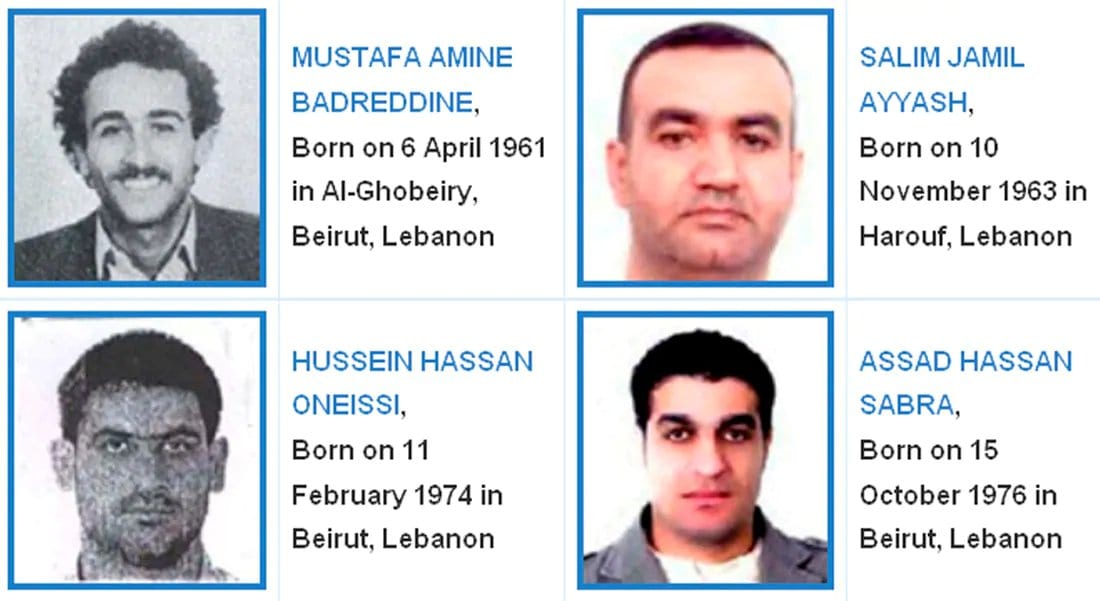
As for Hussein Oneissi and Assad Sabra, they were both involved in the Purple network and they worked on faking the responsibility claim.
It was discovered eventually that all of the aforementioned networks connected to the landlines inside Al-Rassoul Al-Azam Hospital, which is reportedly controlled by Hezbollah.

